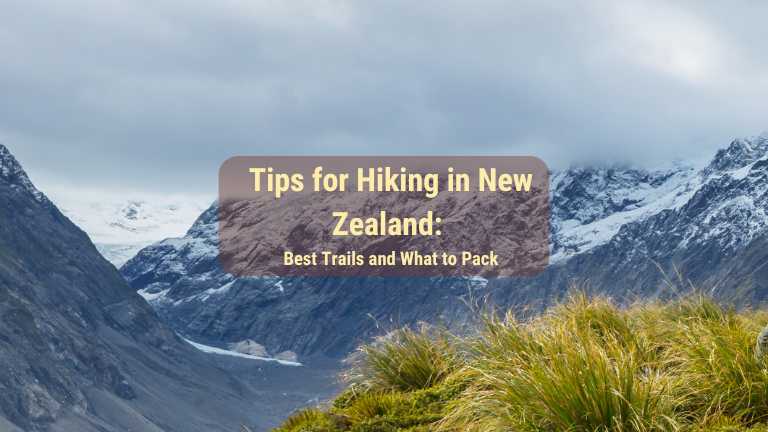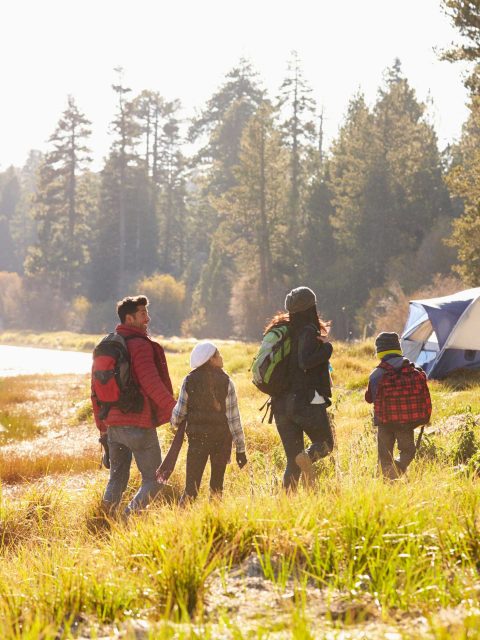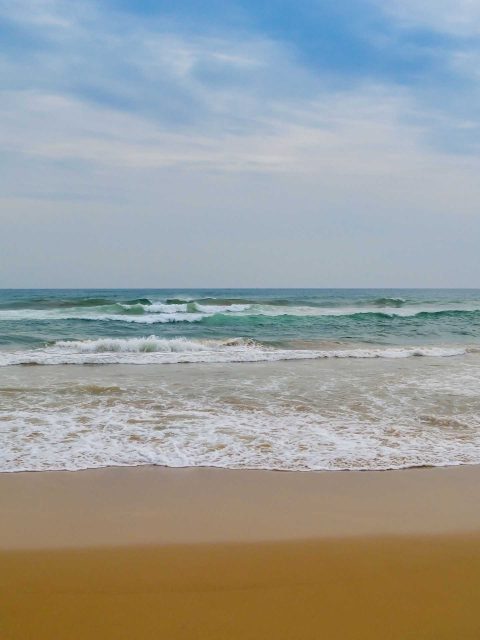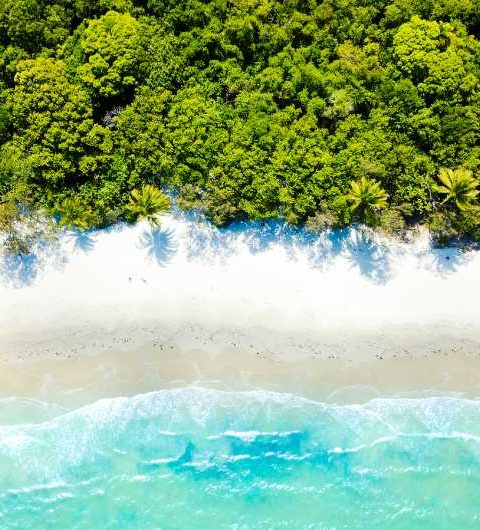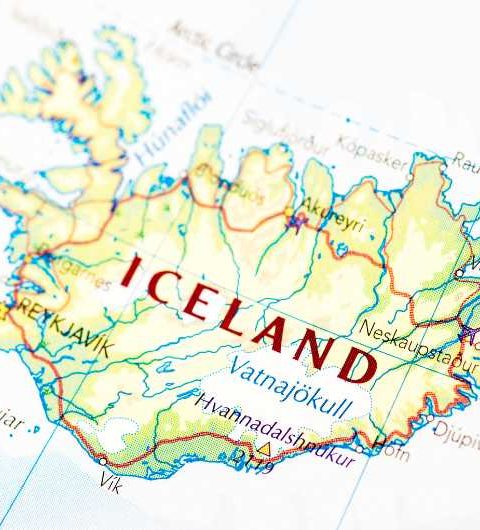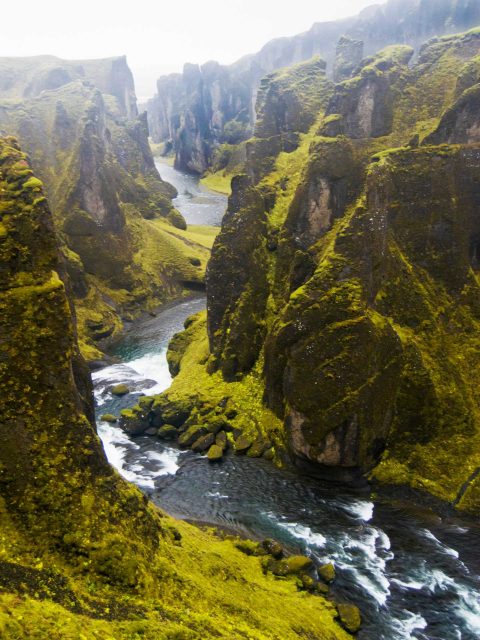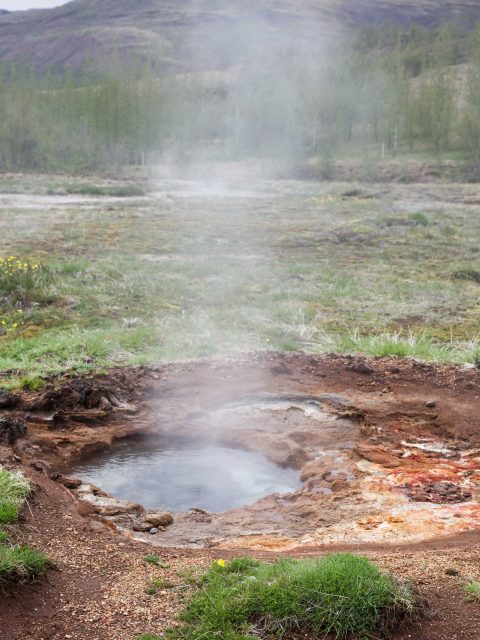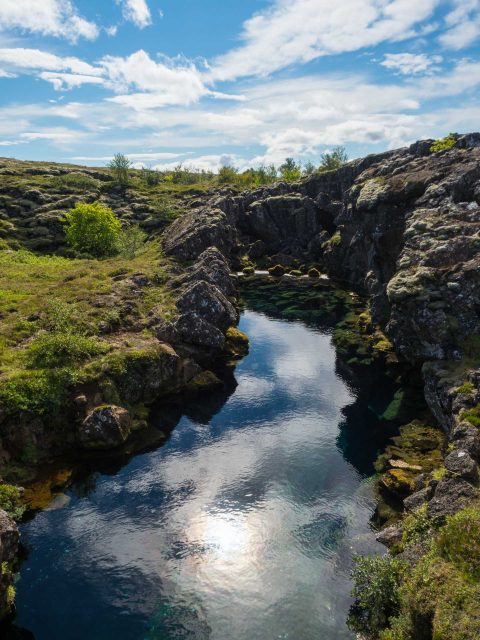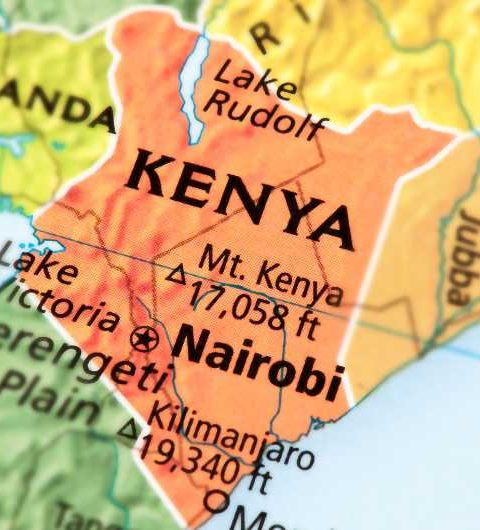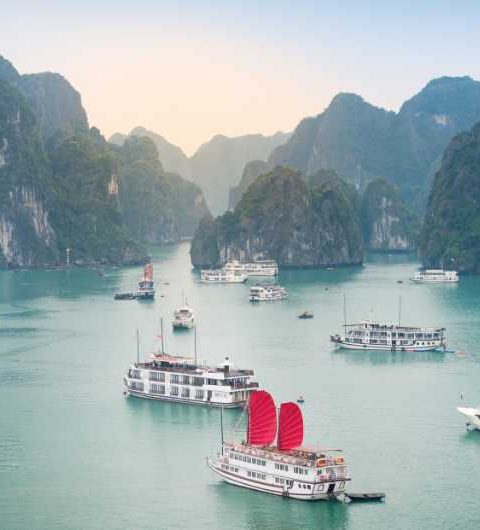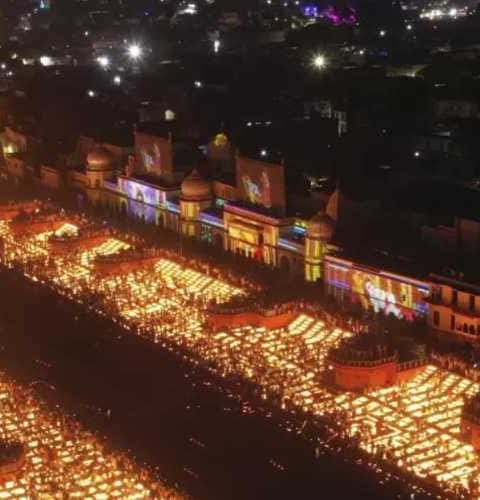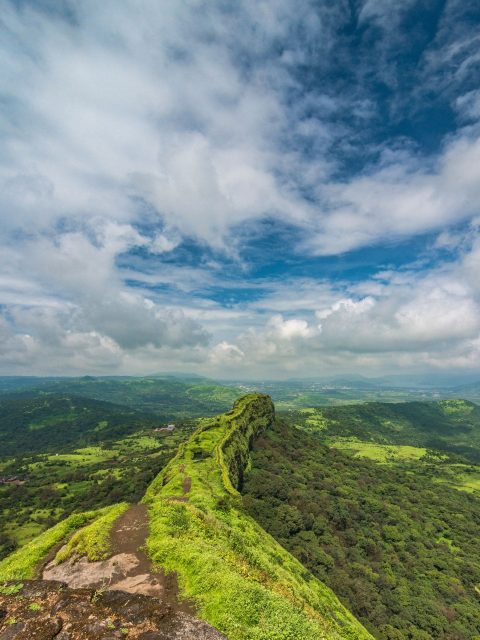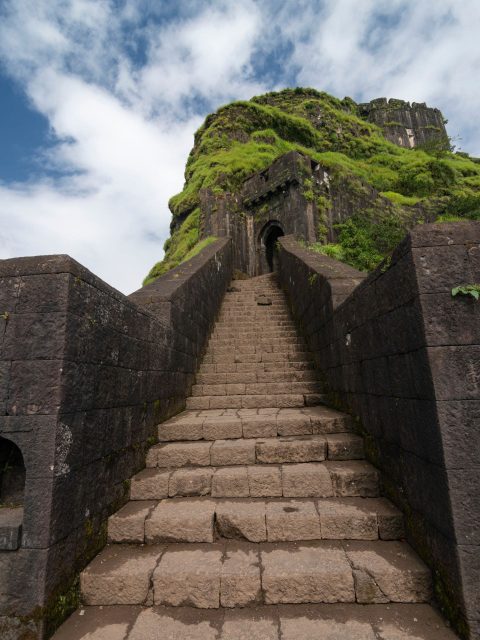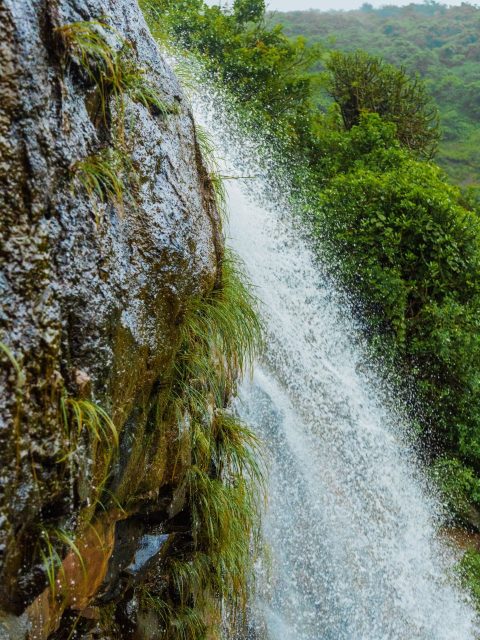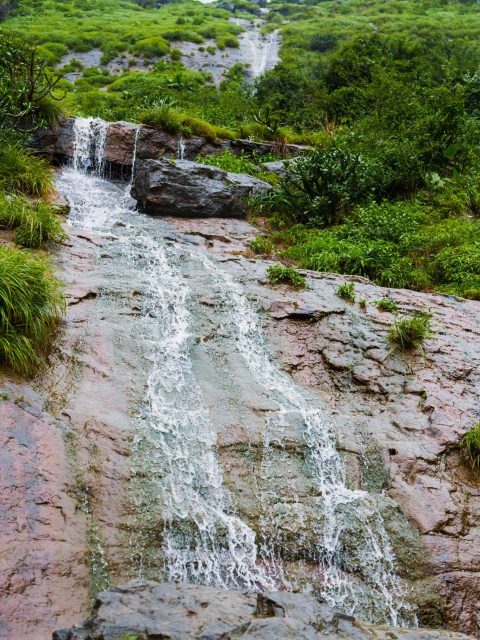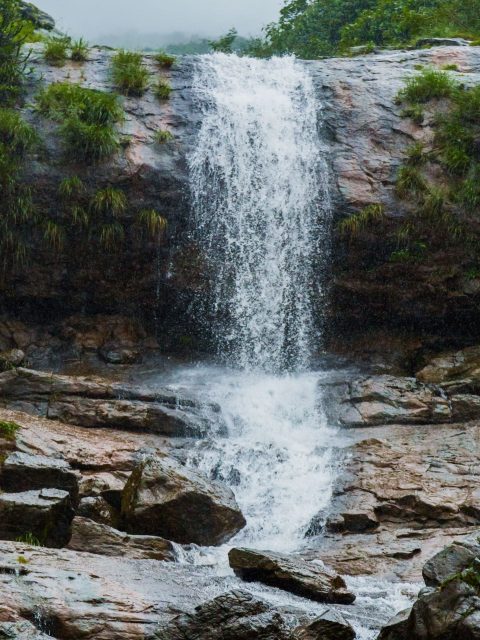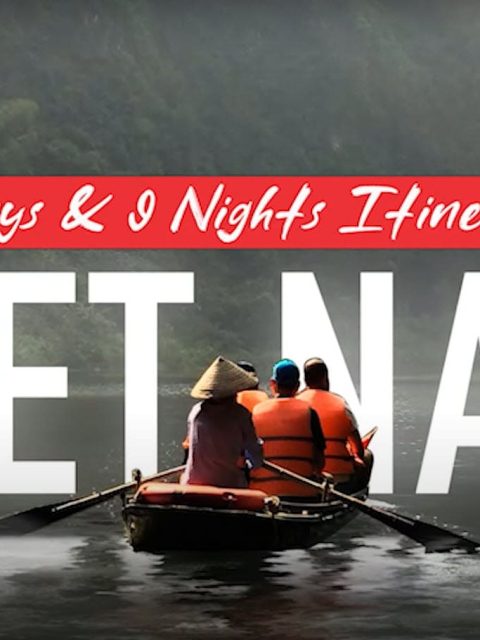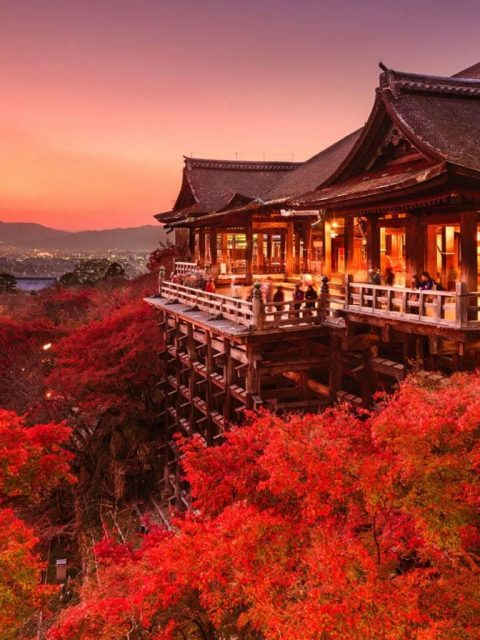Tips for Hiking in New Zealand: Best Trails and What to Pack
If you dream of a place where nature puts on a jaw-dropping show, New Zealand should be at the top of your list.
This youngest country on earth is stunningly beautiful, with vibrant culture, spectacular landscapes, and infinite adventure sports. From crystal-clear lakes to rugged coastlines and lush greenery to the towering mountains, it is no surprise that tourists dream of visiting the sheer beauty of New Zealand. The USP of this country lies in its untouched, raw nature and the option to escape into the wild.
One of the unique ways to explore and soak in in this natural beauty is by hiking. New Zealand is a haven for hikers, offering trails for newbie walkers to seasoned trekkers. Whether you are keen to take on the challenge of hiking steep trails or want to enjoy a stroll through the stunning natural beauty, there are all kinds of hiking trails in New Zealand.
The diverse terrain means you can have different and unique hiking experiences. Dreaming of hiking through ancient rainforest or a volcano or exploring the site of the Lord of the Rings – you can do it all in Kiwi land.
Now, let’s break down what you need to know to make your Kiwi hiking experience unforgettable!
Best Hiking Trails in New Zealand
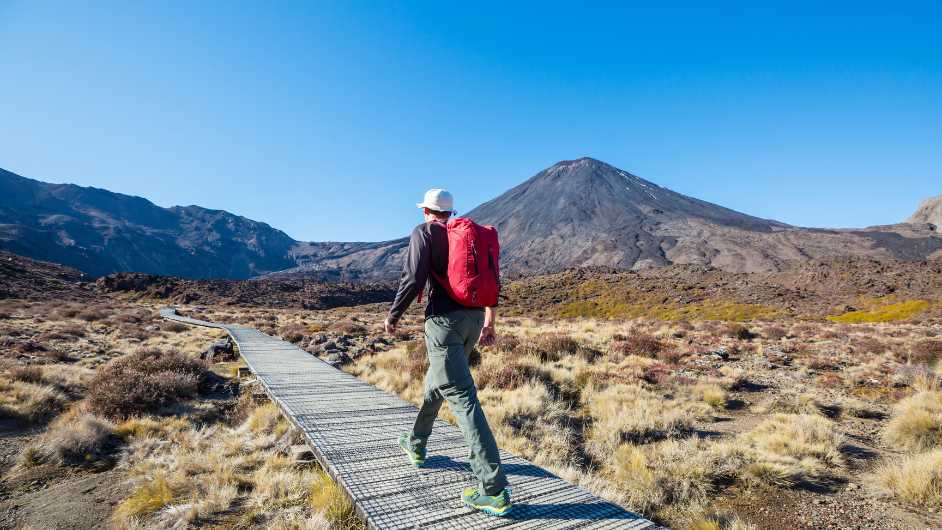
Some of the best hiking trails in the world are in New Zealand. From leisurely trails for a few hours to the Great Walks that takes a few days, there is a trail to match everyone. If you have never done this – worry not! Try the Taranaki Falls and the Abel Tasman Coast Track.
If you are a moderate hiker looking for some adventure, try the Routeburn Track and the Kepler Track. For all those experienced hikers craving for challenging treks – the Milford Track or the Dusky Track. All of them are well-marked and offer awesome vistas that will leave you in awe. Remember, whichever trail you choose to hike, you are in for an epic experience. Do not stop and take it all in – after all, you are in New Zealand!
What to Pack for Hiking in New Zealand
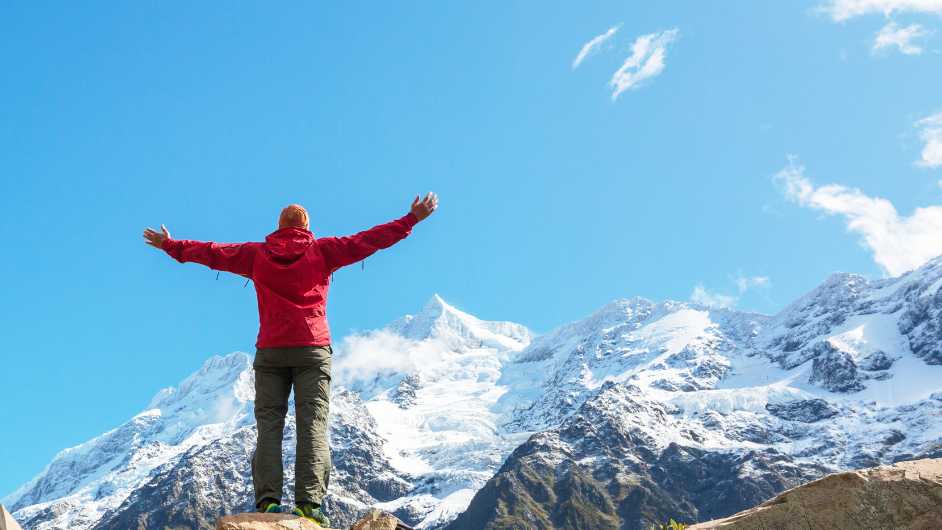
We all have our way of packing for an adventure. Some people get excited about it and start packing weeks ahead of time, and for others, it can be overwhelming. Packing right is essential to have a successful hiking experience in New Zealand. It is vital to consider the weather conditions that may change quickly. Being well-equipped will ensure you are ready for all kinds of hiking trails in New Zealand.
- Wet wipes.
- To begin with, arrange a good high-quality backpack.
- Compass
- Map
- Sunscreen
- First-aid kit.
- Quick-dry clothes, rainwear, socks, sunglasses, hats, and gloves.
- Wool or fleece layers to protect against cooler climates.
- A windproof and waterproof jacket.
- A sturdy pair of hiking boots.
- Get comfortable with your gear, particularly your hiking boots, before you begin your hike. Wear it at home to see what works and what does not so you are ready for your adventure when you arrive.
- Walking poles.
- Whistle.
- Flashlight.
- Insect repellent.
- Reusable water bottle.
- Dried fruits, nuts, and energy bars.
- Sleeping bag and mat.
- Hand sanitiser.
- Medications.
Safety Tips for Hiking in New Zealand
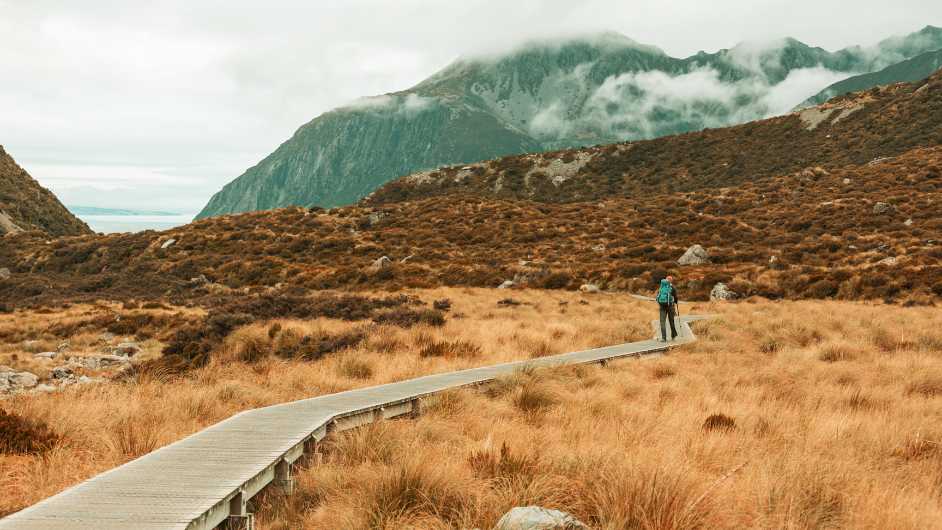
Well, hiking is an incredible experience while exploring New Zealand, it is imperative to stay safe while you are out hiking. Keep a note of the below tips to safeguard yourself and enjoy the hikes.
- Plan your trip carefully by getting advice from local experts, mapping out your route, and knowing how long each part will take.
- Before you start a hike, ensure you understand the challenge ahead, and be realistic about your hiking skills. Pick a trail that matches your experience level.
- Share your hiking plans with a family member or friend to ensure they know your where you are.
- Be aware of the weather conditions. Check the forecast before you set out for the hike. The weather is quite erratic, especially in the mountains.
- Even if you know the entire trail, it is wise to carry a compass and a map. Do not rely completely on the GPS.
- Stay together with other hikers. Stay on the marked trails.
- Be cautious at river crossings. If you are not experienced, it is better to turn back, find another route, or wait for someone more skilled to cross with you. Never try to cross alone if you are unsure.
Permits and Regulations
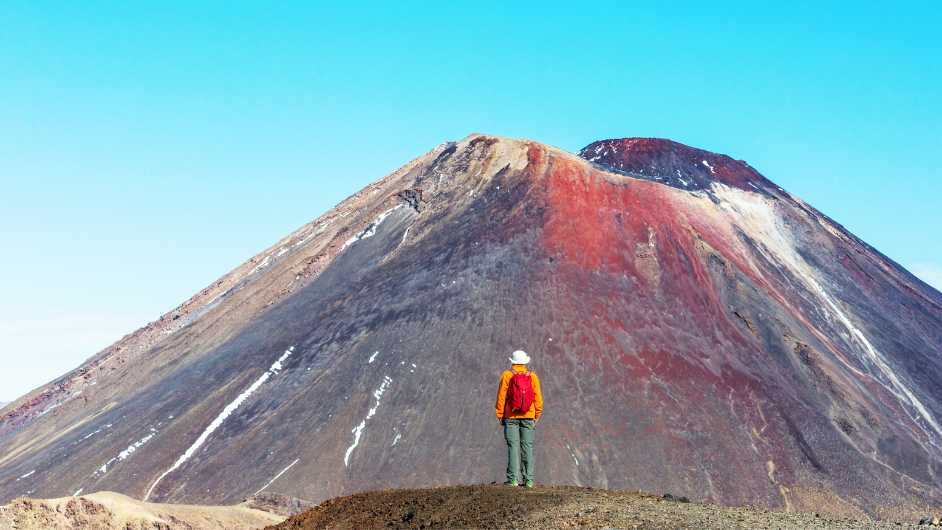
First things first, as soon as you have finalised to hit the trails in New Zealand – you need permits. Although, most tracks may not need a special permit. But if you plan to go for the Great Walks, especially during the peak season, book in advance.
The fee or the payment is for the stay on campsites to maintain the facilities and paths. You can easily avail them at visitor centres or online. This amount is to protect the environment. Also, remember to follow the Leave no Trace principle.
Do not leave any trash behind. Use designated sites to camp, and do not feed the wildlife. You have to abide by such regulations to ensure the natural beauty of New Zealand remains unspoilt in future as well.
Best Time to Hike in New Zealand
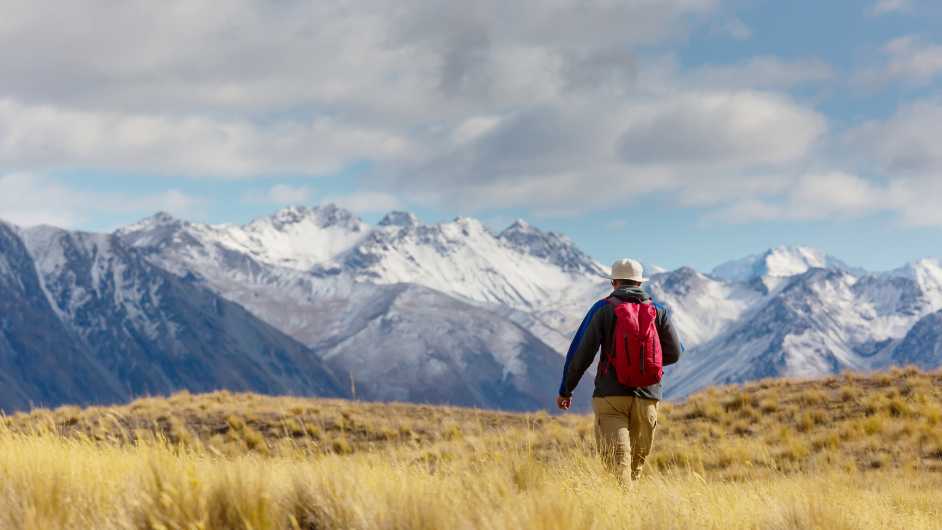
As the weather plays a pivotal role in this activity, it is crucial to know the best time to hike before you start prepping up for hiking in New Zealand. Consider the seasonal conditions of the hiking place as each season features something beautiful and unique landscapes.
September to November is the spring season with refreshing weather to hike. You will have longer daylight hours and watch blooming flowers and beautiful landscapes. The summer season is from December to February, with picturesque views and long days, but the trails may be crowded – so plan in advance if you are considering hiking in the summer season.
March to May is the autumn season – considered the ideal time to hike with fewer crowds, settled weather, and stunning colours. Winter season – June to August features a snow-covered landscape, and you will need proper experience and gear to hike in this season. Remember that the Great Walks trails are closed during the winter season.
Irrespective of when you plan to hike in New Zealand, ensure to check the weather and prepare accordingly for a fun and safe hiking experience.
Kiwi Hiking Lingo
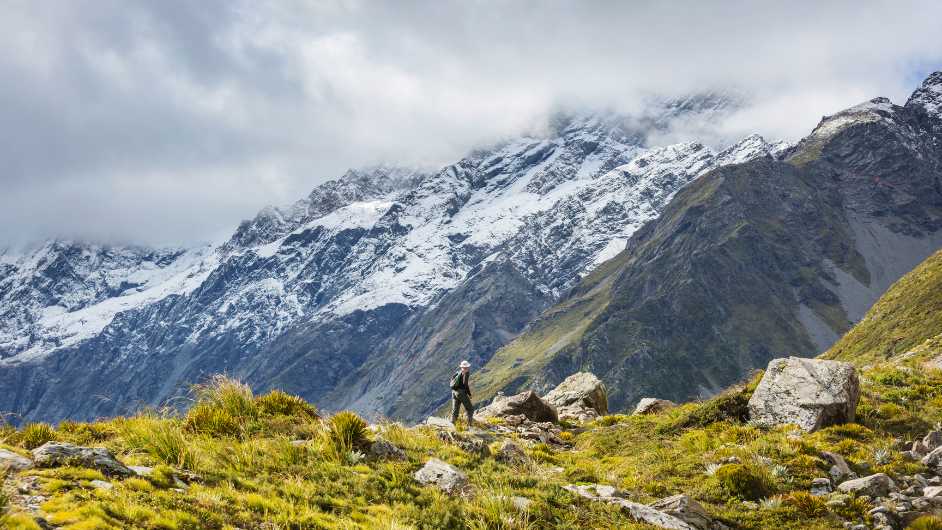
Alright, before you hit those gorgeous New Zealand tracks, get familiar with some local hiking terms. Knowing them will help you follow directions, navigate signs, and communicate effectively with fellow hikers and locals along the way. To begin with, locals in New Zealand use the word tramping instead of hiking. Learn more about them below,
- Thru-hike – hiking a trail continuously from start to finish in one direction without long breaks.Day 7: Return to Reykjavik and Departure
- Tracks – hiking trails
- Bucketing down – raining
- Choice – It does not mean option, it means the view is nice.
- Scroggin – a mix of raisins and nuts used as a snack while hiking. It is also known as trail mix.
- Long Drop – outdoor toilet.
- Frontcountry/backcountry – it refers to how close a specific track or hut/campsite is to the nearest road or town.
- Cowboy camp – Sleeping under the open sky without a tent, usually on mild, bug-free summer nights.
- Flip-flop – hiking a trail by starting in the middle, then flipping back to cover both directions, often to avoid crowds or bad weather.
- Hike your own hike – Focus on your own journey, set your own goals and do not worry about what others think on the trail.
- Zero – A day with little to no hiking, often when entering or leaving a trail town after resupplying.
- Jandal – A Kiwi term for a flip-flop or thong sandal.
- Section hiker – Someone who completes a long-distance trail in segments over time rather than all at once.
- Sidle – a Kiwi term for walking along the side of a hill or mountain without going up or down much, often tricky due to steep slopes.
- Slack pack – Carrying only essential items for a day hike while the rest of your gear is transported or left at another location.
- Sketchy – part of the trail that is potentially unsafe or difficult, requiring more skill to navigate, often steep or exposed.
- Solid – describes a very difficult track, usually requiring a lot of experience or skill, often involving steep climbs.
- Switchback – a zig-zag path used to climb steep hills with less effort, though rare in New Zealand, where straight, steep paths are more common.
- Swing Bridge – a suspension bridge over a river, common in New Zealand, varying from sturdy to narrow, sometimes only holding one person at a time.
- Trail angel – a person who helps hikers on a long-distance trail, offering shelter, food, or other assistance.
- Yoyo – Hiking a trail from start to finish and then turning around to hike it back to the beginning.
Conclusion
As we come to the end of this article, I am sure you all are pepped up to go hiking in New Zealand. This country is apt if you are looking for an adventure that you will brag about for years. From hiking on lesser-known trails to the spectacular landscapes of the Great Walks, New Zealand offers infinite adventures creating a deep connection with nature.
With the right preparation, including packing the essentials, understanding the local culture and regulations, and being aware of safety tips, you can ensure your hike is enjoyable and safe. Whether you want to enjoy a leisurely coastal walk or a challenging multi-day trek, the diverse trails of New Zealand cater to all levels of hikers.
So pack your bags, bring your sense of adventure and get set to discover some of the most beautiful hiking trails in the world.


